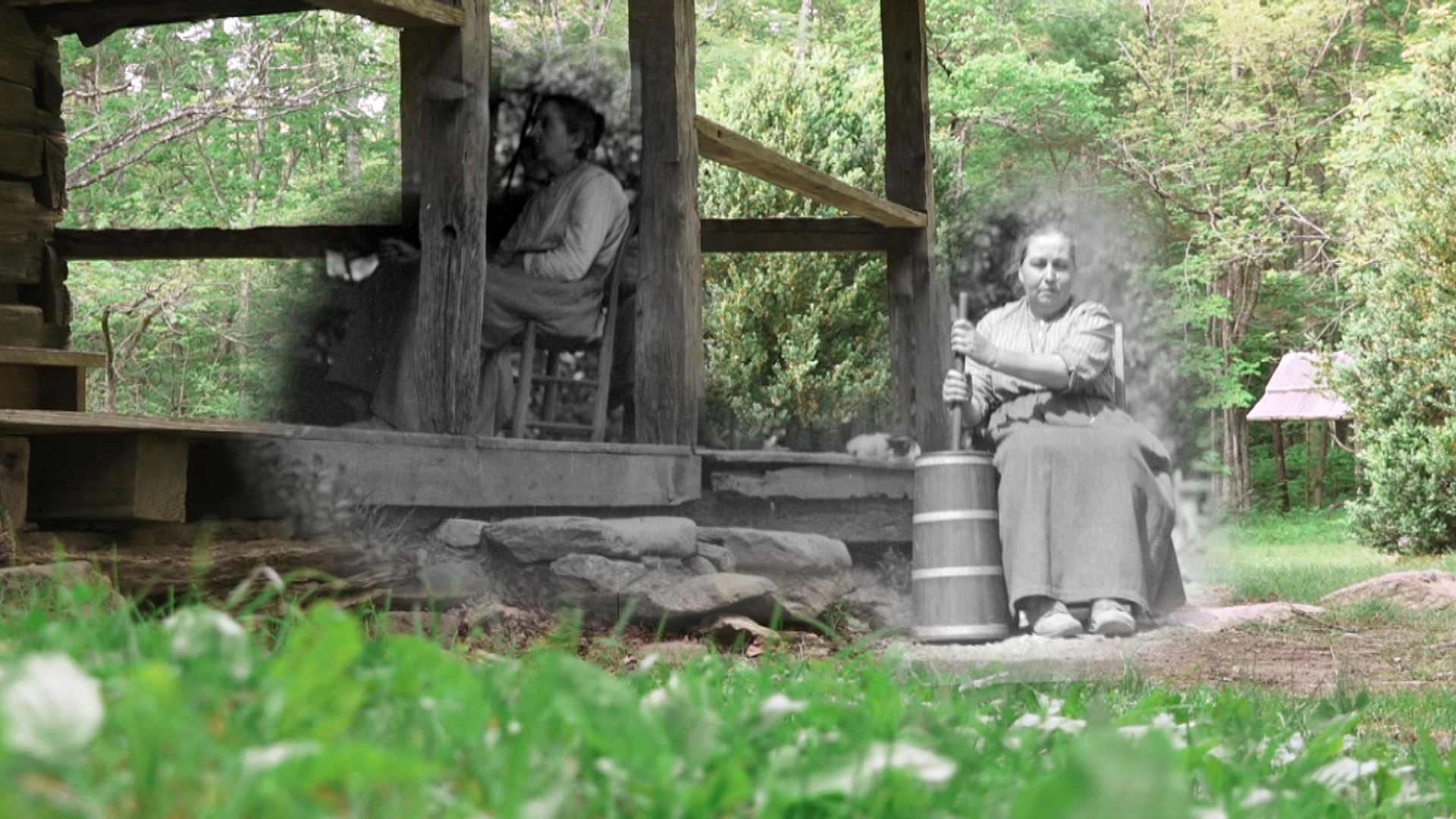Reporter's note: This is the final article in a three-part series on the Walker sisters. See these links for the rest of the series.
GREAT SMOKY MOUNTAINS, Tenn. - When the last Walker sister in Great Smoky Mountains died in 1964, the national park had to decide what to do with the home that had been in their family for a century.
"The buildings sat empty for around 10 years before they were preserved in the 1970s," said Kent Cave, retired park ranger and historian. "It was important to preserve the cabin and other structures. The one issue is because the park focused on preserving some of the oldest structures, it may give visitors the false impression that time stood still in the Smokies and everyone lived like they did when the park was created. The Walker sisters were not the norm."


The unwed sisters maintained an old-fashioned lifestyle that was so abnormal in the 1940s, they became national celebrities when they were featured in a 1946 article in the Saturday Evening Post.
"It is somewhat ironic that these women who basically wanted to be left alone to live at their traditional home ended up becoming part of a tourist economy they embraced," said Cave. "They were a piece of living history here for a lot of people."
The sisters' legacy is preserved with structures that include old cabin, springhouse, and corn crib. But the buildings are not the only thing that remains.
"What is now the non-profit Great Smoky Mountains Association funded the purchase of artifacts that belonged to the Walker sisters. It includes some 4,000 items. The collection is very large and includes furniture, clothes, baskets, and all the household items they used. Along with all the homemade garments, there are several store-bought items such as their hats," said Cave.

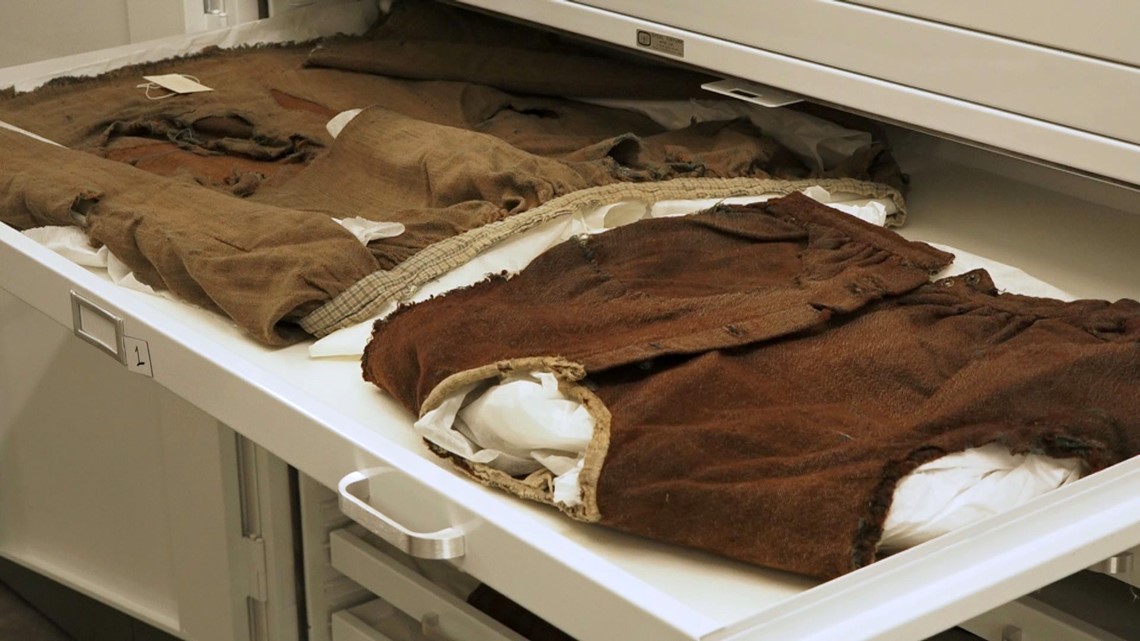
The collection is preserved in a new $4 million facility in Townsend. The NPS historical and cultural and management archives preserves the items in a clean climate-controlled environment.
Valerie Polk works as a videographer with the Great Smoky Mountains Association and perused the massive collection at the archives. But her relationship with the Walker legacy is far more personal than professional.
"My great-grandmother was Caroline Walker Shelton, the only one of John Walker's daughters to get married. She married Jim Shelton and one of their children was my grandmother," said Polk.

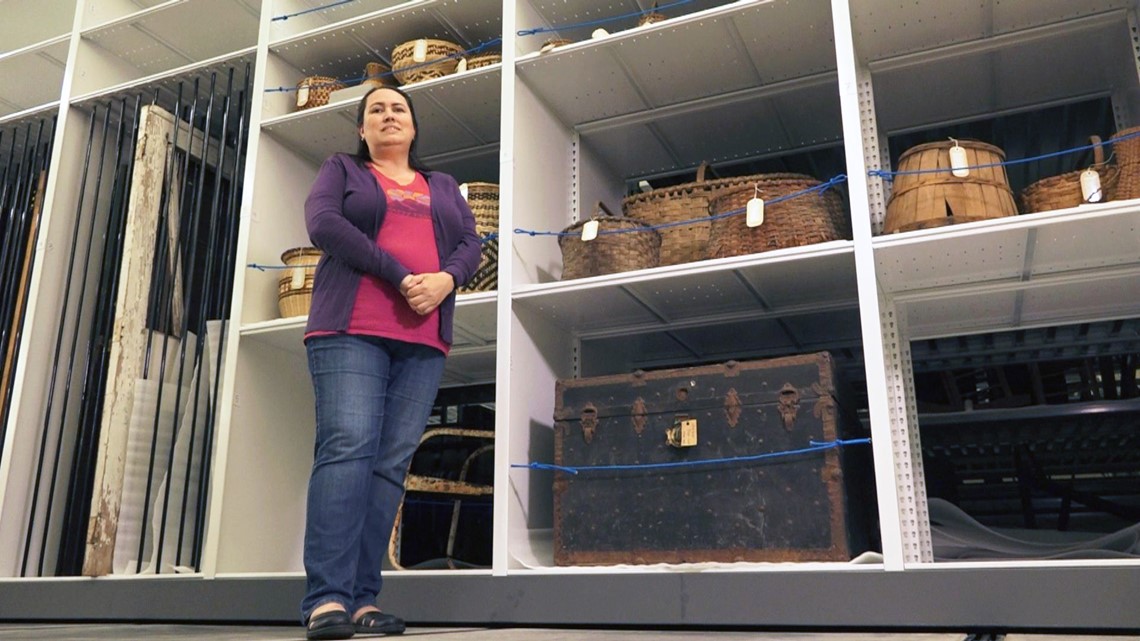
Caroline Walker and Jim Shelton's relationship developed into a lifelong marriage. Shelton's hobby as a photographer also developed some of the best early images of the Walker family, mountain culture, and the logging industry in the Smokies.
"How fortunate are we that he had a camera that he found that as the hobby? I come across pictures he had taken and it's really touching. One I think is really neat shows his family inside a hollow chestnut tree. It shows my grandmother, both of her sisters, her brother, and her mother," said Polk.
Although only one of John Walker's daughters married and had children, the Walker sisters have many descendants.

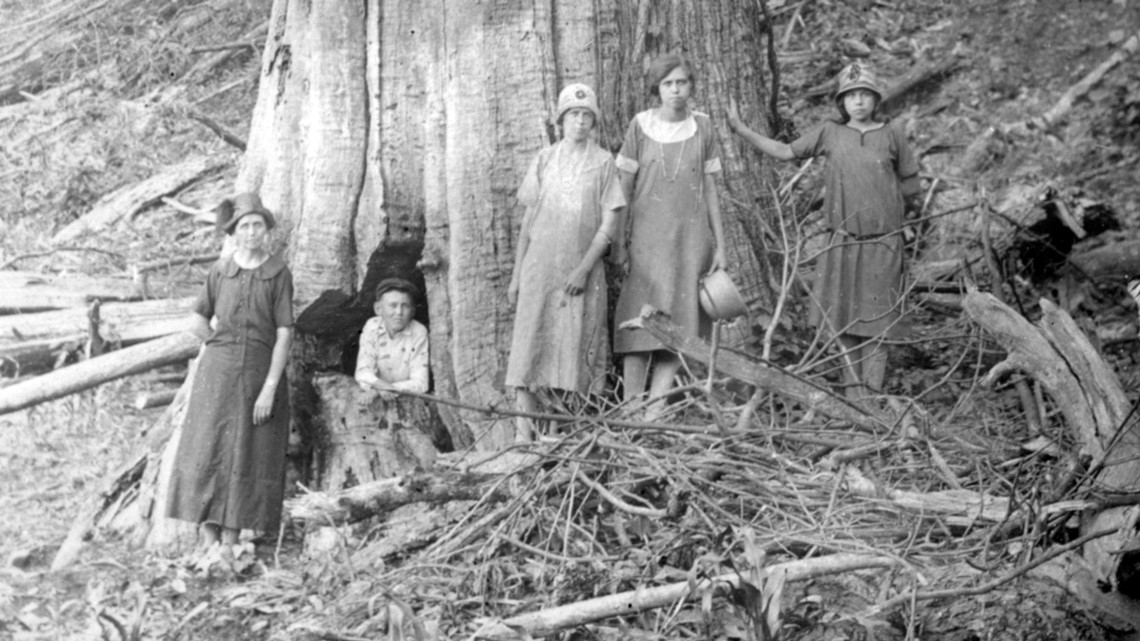
"They had four brothers who all had lots of children. I have lots of cousins out there who are also related to the Walker Sisters," said Polk.
The sisters' legacy lives on in relatives, photographs, artifacts, and old buildings. The buildings have also benefited from their remote location.
"One of the nice things about going to the Walker Sisters Cabin is it takes some effort to get there. It's a mile [hike] in. So those people that are willing to make that trip generally are people that appreciate it more and not do damage to the structure," said Cave. "The structures that are damaged the most are ones you can drive to."
While the remote location means less vandalism, it may give visitors the false impression they were isolated. The trail leading to the home was once a road anyone could drive to see the ladies who lived in the park.

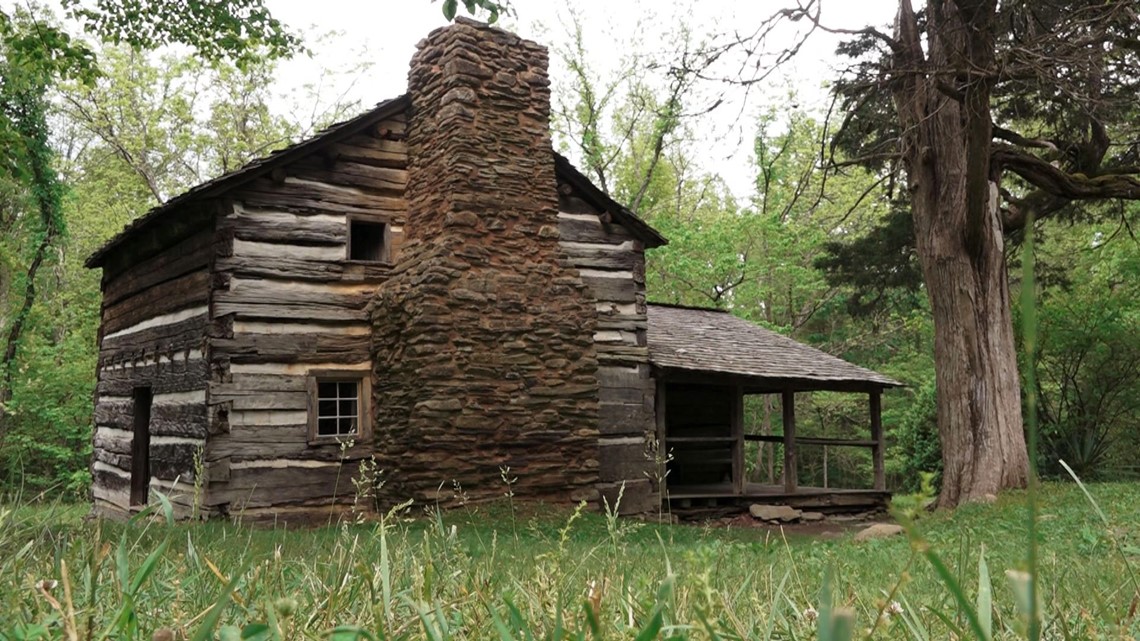
"The mailman came. They delivered right to the front door. And if the mailman delivered and brought it in the house for them, they got a fried apple pie," laughed Robin Goddard, a NPS volunteer who knew the Walker sisters as a child.
"It's not like they were really all alone. They were often surrounded by family and, of course, surrounded by the visitors who came to see them from all over," said Polk.
Polk said she enjoys learning about her great-great aunts and sharing with her own family.
"When I got married, the first hike I took my husband on was to the Walker Sisters cabin. And now I've been able to take my own daughter back there. It has been a very special thing to see the cabin preserved and to know the artifacts are here in the collections. We go to Wears Valley and see their graves and the headstones that all say 'sister' on them. And to know that my great-grandfather is buried with them in that same area, it's really special," said Polk.


The Walker Sisters were different. Their differences made them celebrities in the 1940s and continue to captivate the millions of people who visit the Great Smoky Mountains each year. The women had a rare devotion to their land and to each other. It is worth the effort to see the things that were part of their lives, as long as you leave with the correct impression.
"If you portray them as stern old mountain women, that's not right," said Goddard. "They loved people. And they are part of a history of sacrifice that made this national park possible. People had to change their way of life and give up their land so we can have this treasure. The park is not just about bears. The history of this park is the people. Their lives will be preserved forever, as long as there's somebody to tell the story," said Goddard.
SERIES LINKS

